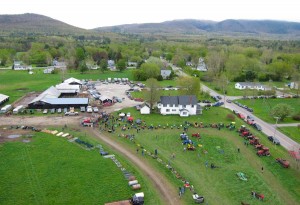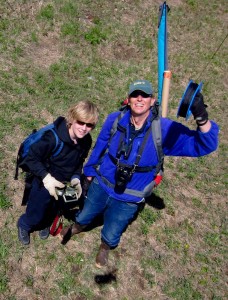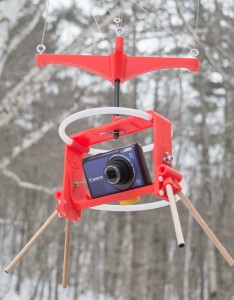
Update (March, 2015): The KAPtery has moved to kaptery.com.
Thanks
At the end, I am at home in the woods

Update (March, 2015): The KAPtery has moved to kaptery.com.
Thanks
 In the late nineteenth century, hand drawn “bird’s-eye maps” were a revelation to earthly New Englanders. When exotic hot air balloons were the only way to gain such a perspective, enterprising artists just imagined what a bird might see. The customers for these maps lived and worked in the buildings depicted, so these are probably placed with some accuracy, relying on existing maps for data. It is the details of the rest of the landscape that were recorded nowhere else. In the 1889 drawing below, cleared fields, orchards, and shrubby growth nearly to the top of Hogback Mountain confirm the wisdom that in 1850 the entire slope, like others all over Vermont, was probably cleared of trees. Today, the young ages of the trees tell the same story, but an old bird’s-eye view is still a revelation. Continue reading “Kite’s eye view”
In the late nineteenth century, hand drawn “bird’s-eye maps” were a revelation to earthly New Englanders. When exotic hot air balloons were the only way to gain such a perspective, enterprising artists just imagined what a bird might see. The customers for these maps lived and worked in the buildings depicted, so these are probably placed with some accuracy, relying on existing maps for data. It is the details of the rest of the landscape that were recorded nowhere else. In the 1889 drawing below, cleared fields, orchards, and shrubby growth nearly to the top of Hogback Mountain confirm the wisdom that in 1850 the entire slope, like others all over Vermont, was probably cleared of trees. Today, the young ages of the trees tell the same story, but an old bird’s-eye view is still a revelation. Continue reading “Kite’s eye view”
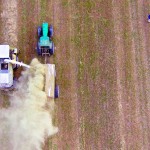
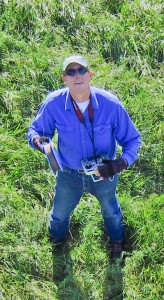
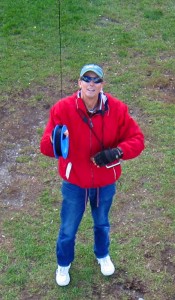
Last month I went to the Middlebury Farmers’ Market at Marble Works for the first time ever. My garden had been suffering some scurrilous blight and I was about to feed 10 people for the LEAFFEST weekend. I looked along the row of vendors to the steeple of the Congregational Church beyond some trees and realized there might be enough space to launch a kite there. A west wind would take the kite the length of the lawn and then over toward the church on the “Green,” the village commons. This could offer a unique view of the village center. But the wind almost never blows from the west here due to the north-south trend of the Champlain Valley. Other wind directions would make the flight less rewarding and the launch and landing more risky, and I had never flown a kite from such a small area surrounded by so many power lines, buildings, trees, river banks, and busy roads, so I assumed I would never fly there. Continue reading “Over Middlebury”

Twice this year I walked around for more than an hour flying a kite-lofted camera that I thought was taking photos, when in fact it was just fooling me into getting exercise. On the first occasion the shutter controller battery died, and the other time the camera just got confused and stopped shooting. I think I sent radio commands to shoot too frequently and it decided to take a nap. This happened another time as well but I happened to reel everything down after only 20 minutes of not taking photos while I was jogging here and there. I have modified the controller so the battery lasts much longer, and I have learned to be patient when sending radio commands, but I am certain that the rather fragile KAP rig electronics will surprise me again with their unexpected inactivity. So I have been looking for a way to monitor the camera operation from the ground. I have been brainstorming with some friends about how to do this, and Don Blair, a physics graduate student at UMass has been prototyping an alert system based on a $20 pair of walkie-talkies. I couldn’t stand hearing about all the fun he was having in Amherst using MOSFETs to remotely push the walkie-talkie PTT button, so I decided to build my own solution. Continue reading “Downlink”
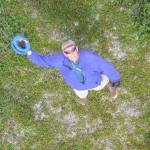
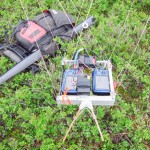
I was able to get some aerial photos of most of the plots after I had marked each seedling with pink flagging. I flew a dual camera KAP rig with normal and infrared-modified cameras lofted by a kite. I will be experimenting with false color IR (NRG) and NDVI images which can be created with information from both cameras. Continue reading “Sprucing up the hills”


Click images to enlarge
